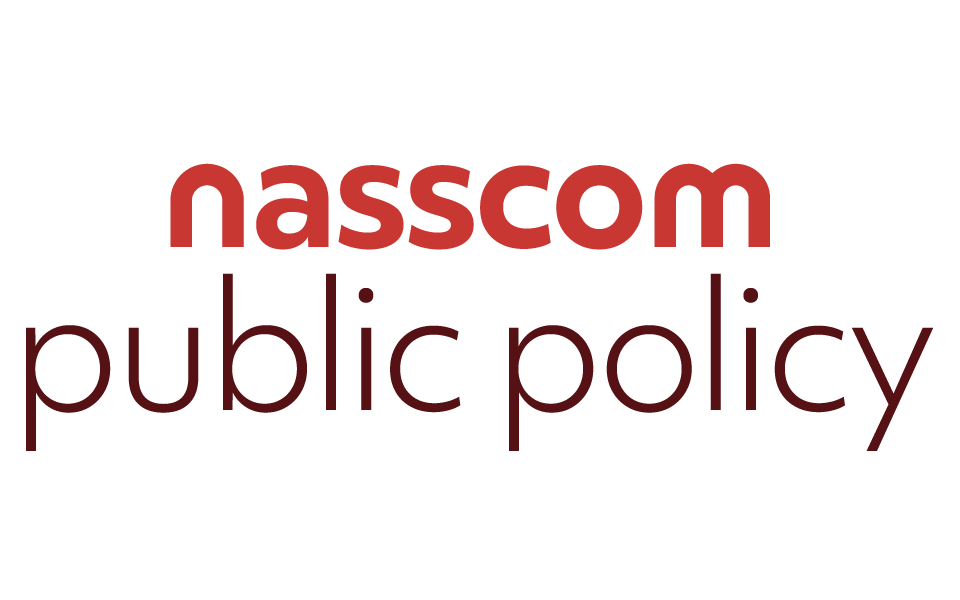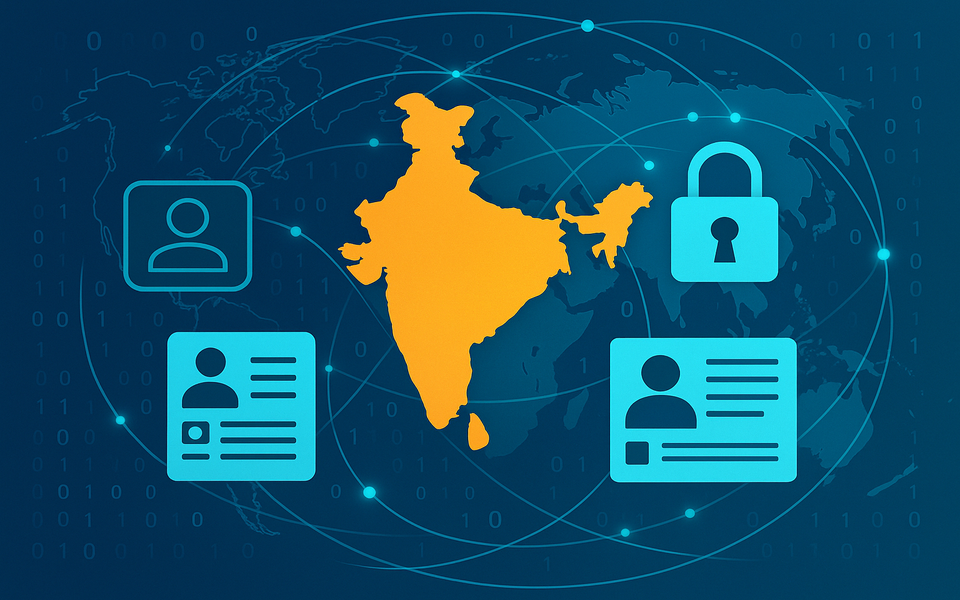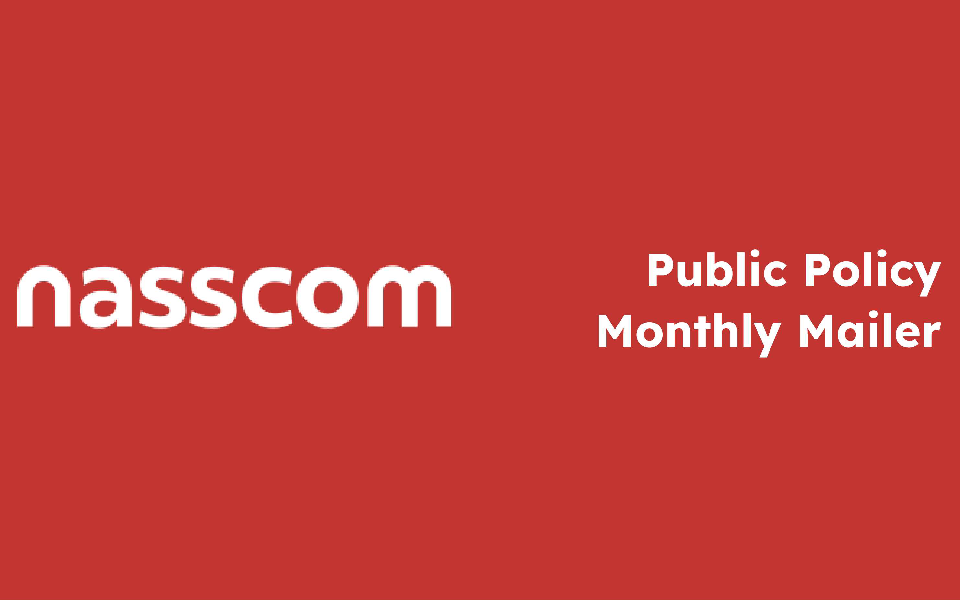Earlier today, the Department of Science and Technology (DST) released its new Guidelines for Acquiring and Producing Geospatial Data and Geospatial Services Data (Guidelines).
Recognising the potential value that can be unlocked from a liberalised regulatory framework for the acquisition and production of geospatial data, the Government, through the new Guidelines, aims to enable the availability of comprehensive, accurate and granular geospatial data for applications across a variety of sectors including e-commerce, delivery and logistics, urban transportation, agriculture and mining.
The Guidelines have also been positioned as an effort to reduce India’s dependence on foreign resources and mapping technology, and promote the creation of “Aatma Nirbhar”, locally available and locally relevant Geospatial datasets. Resultantly, the Guidelines, maintain a clear distinction between Geospatial Data that can be created and processed by Indian Entities, as opposed to foreign entities, or foreign owned or controlled Indian entities.
What Preceded the Guidelines?
Prior to the issuance of the new Guidelines, mapping and Geospatial data have been subject to three main policy instruments, the first being the National Mapping Policy, 2005 (NMP), which designates the Survey of India (SoI) as the Department in charge of the creation, and licensing of two distinct series of maps: the Defence Series Maps (DSM) and Open Series Maps (OSM). The second relevant policy in this regard, is the Remote Sensing Data Policy, 2011 (RSDP), which regulated the use of remote sensing data by designating the Department of Sciences (DoS)/ Indian Space Research Organisation (ISRO) and the National Remote Sensing Centre (NRSC) as the nodal Departments for the implementation of the policy. The third set of rules relate to aerial surveys and are regulated through the Civil Aviation Requirements (CAR) which require prior approval of the Directorate General of Civil Aviation (DGCA) and the Ministry of Defence (MoD) for creating aerial geospatial surveys.[1]
Additionally, various provisions under the law are also applicable regarding accurate depiction of India’s political borders, and restricting mapping of vulnerable areas, vulnerable points, and border territories of India.
Taken together, the regulatory and policy environment governing geospatial data was often characterised as being highly fragmented, restrictive, and uncertain. Previous attempts at harmonising the framework, such as the Geospatial Information Regulation Bill, 2016, were met with severe criticism for restricting the regulatory environment further and adding to the costs of acquiring geospatial data and providing geospatial data services.[2]
However, there has been a change in the stance of the Government ever since, as evidenced by the forward-looking statements made by the Hon’ble Finance Minister in May 2020 as a part of the Government’s Self-Reliant India related stimulus announcements. On 16 May 2020, it was announced that the Government would work towards a liberal geospatial data policy for providing remote sensing data to Indian technology entrepreneurs.[3]
The new Guidelines appear to be a step towards realising the stated objective of creating a liberal geospatial data policy, that enables easier acquisition of geospatial and remote sensing data to Indian technology entrepreneurs and start-ups.
What Do the New Guidelines Provide?
- In Supersession of Earlier Policies: The new Guidelines have been issued as a single point of reference about regulation of geospatial data and geospatial data services. To this end, the Guidelines clarify that they would be in supersession of anything to the contrary on the subject, that may have been issued by the DST, MoD, or any other Department of the Government of India.
- No Requirement for Prior Approval: Barring the restrictions provided for in the Guidelines, the Guidelines remove all other requirements for prior approval, security clearance, license or any other restrictions upon the collection, generation, preparation, dissemination, storage, publication, updating or digitisation of geospatial data and maps within the territory of India. However, concerned Ministries/Departments will retain the right to control physical access to any establishment, installation or premises to which access is restricted by such Ministry or Department.
- Self-Certification: The Guidelines prescribe a self-certification framework as a mechanism of ensuring adherence to the Guidelines. Specific details relating to the implementation of the self-certification mechanism have not been provided under the Guidelines.
- Negative List of Attributes: In what appears to be a departure from the Government’s earlier approach to classifying Vulnerable Areas/ Vulnerable Points, the Guidelines steer clear of maintaining a negative list of areas. Instead, the Guidelines recommend the creation of a negative list of attributes that will be prescribed by the DST in consultation with other relevant Departments of the Government, in a manner that is least restrictive and facilitates Ease of Doing Business.
- Geospatial Data Promotion and Development Committee: The Guidelines call for the creation of a Geospatial Data Promotion and Development Committee (GDPDC) with representation from various Government Departments, to deal with issues flowing from the finalisation of the negative list of attributes. The GDPDC is further tasked with mandate of promotion of activities related to collection, generation, preparation, dissemination, storage, publication, updating and/or digitization of geospatial data.
- Threshold Values for Spatial Accuracy: The Guidelines specify certain threshold values for spatial accuracy. These may be notified and modified by the DST from time-to-time, together with the negative list of attributes.
- Limiting Access of High-Accuracy Geospatial Datasets (Data Residency and other conditions): The Guidelines impose certain restrictions on access to high-accuracy geospatial datasets that are above the threshold limits for spatial accuracy prescribed under the Guidelines. These include:
- A condition requiring all map and geospatial data of accuracy higher than the threshold values to be stored and processed in India.
- A condition requiring all map and geospatial data of accuracy higher than the threshold values to be stored and processed only in domestic clouds or servers that are physically located within India.
- A condition restricting the access of map and geospatial data of accuracy higher than the threshold values to be access by foreign companies, and foreign owned or controlled companies, in any other manner apart from API-based licenses. Moreover, such map/geospatial data may not be stored on the licensee company’s servers, and the re-use and resale of such data is prohibited.
- Definition of Indian Entities: The Guidelines define an “Indian Entity” as any Indian citizen, Government entity, society registered under applicable statutes, statutory body, autonomous institution of the Government, or any Indian company or Indian LLP owned by resident Indian citizens, or any Indian company or Indian LLP controlled by resident Indian citizens (as defined in the Explanation to Rule 23 of the Foreign Exchange Management (Non-Debt Instrument) Rules, 2019).
- Restriction on Foreign Companies and Foreign Owned or Controlled Companies: Only Indian Entities are permitted access to Ground Truthing/Verification services and Indian ground stations and augmenting services (enabled through Continuously Operating Reference Stations, etc.). Likewise, terrestrial mobile mapping, street view survey and surveying of territorial waters of India, has been permitted for only Indian Entities.
- No Restrictions on Export of Map/Geospatial Data below Threshold: There are no restrictions on the export of map/geospatial data below the thresholds laid out. Therefore, such map/geospatial data may be stored and processed through any cloud service.
- Open Geospatial Data: The Guidelines evangelise an Open Geospatial Data framework, wherein all geospatial data produced using public funds (except classified geospatial data collected by security and law enforcement agencies) will be made easily accessible for scientific, economic and developmental purposes to all Indian Entities, in a fair and transparently priced manner. The Guidelines also contemplate a separate set of regulations for regulating the availability of attributes regulated through the negative list of attributes. The Guidelines also encourage crowd-sourcing efforts for building map/ geospatial data using public funds. To this end, the SoI has also been directed to take measures to simplify procedures, and revise/abolish various forms/licenses currently in place to gain access to map/geospatial data maintained by it. The Guidelines encourage the SoI to leverage modern technologies such as cloud and API based sharing of such data in a usable format.
- Standards for Political Maps: The standards adopted by the SoI, for digital boundary data, are to be considered as the standards that need to be adhered to for the publication of political maps of India of any scale (including any depiction of national, state and other political boundaries of India).
What Are the Key Takeaways?
Based on a preliminary review, NASSCOM believes that the Guidelines will:
- be good for certainty, given that it seeks to consolidate and provide a single point of reference for policy and regulations applicable to geospatial data and geospatial data services, and specifies the DST as the Nodal Department for the implementation of the Guidelines.
- be good for innovation, particularly on account of the Guidelines’ emphasis on the formulation of an Open Geospatial Data framework, whereby all map/geospatial data using public funds (barring classified data) will be made available in a fair and transparently priced manner.
- be good for Indian Start-ups who are likely to benefit from the liberalised framework for geospatial data collection and processing as laid out under the Guidelines.
However, NASSCOM continues to engage with the industry to better understand the implications of the Guidelines on foreign companies, and foreign owned or controlled companies who currently provide geospatial data services in India.
The restrictions imposed under the Guidelines with regard to storage and processing of geospatial data, and participation in certain modes of survey (including terrestrial mobile survey, street view survey and survey of territorial waters) may impact certain foreign/ foreign owned or controlled companies, which rely on Indian remote sensing data for providing their services, particularly, if they were capturing data beyond the specified level of granularity and accuracy prescribed under the Guidelines.
As a part of its ongoing engagement on this subject, we will shortly be reaching out to stakeholders to understand the possible implications and benefits of the new Guidelines. Should you have any questions or concerns relating to the new Guidelines, please reach out to indrajeet@nasscom.in.
——————————————————————————–
[1] Centre for Internet Society, “Legal Challenges to Mapping in India”; Available at URL: https://cis-india.org/openness/legal-challenges-to-mapping-in-india-1-laws-policies-cases
[2] Anuj S., “How the Controversial Geospatial Bill Snowballed”, The Wire, 7 March 2017; Available at URL: https://thewire.in/government/controversial-geospatial-bill-snowballed-shoved-cold-storage
[3] Ministry of Finance, “Finance Minister announces new horizons of growth; structural reforms across Eight Sectors paving way for Aatma Nirbhar Bharat”; 16 May 2020; Available at URL: https://pib.gov.in/PressReleasePage.aspx?PRID=1624536












